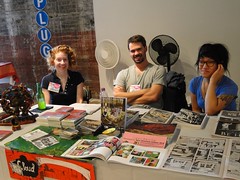
Florida, Georgia, Maryland, North Carolina, South Carolina, Virginia,
West Virginia, Delaware, Alabama, Kentucky, Mississippi, Tennessee,
Arkansas, Louisiana, Oklahoma, and Texas
Breakfast -
The word is a compound of "break" and "fast",
referring to the conclusion of fasting since the previous day's last meal.
Nutritional experts have referred to breakfast as the most important meal of the day,
citing studies that find that people who skip breakfast
are disproportionately likely to have problems with concentration, metabolism, and weight
Collard Greens -

The name collard is a shortened form of the word colewort ("cabbage plant"),
but does not have the usual close-knit core of leaves ("head") like cabbage.
It has an upright stalk, often growing up to two feet tall.
Collard greens are in The Acephala Group which includes kale and spring greens.
They are loose-leafed cultivars of Brassica oleracea (or wild cabbage).
They are a staple vegetable of southern U.S. cuisine,
often prepared with other similar green leaf vegetables,
such as kale, turnip greens, spinach, and mustard greens in "mixed greens".
Grits -

Grits is a food of Native American origin that is common in the Southern United States;
it mainly consists of coarsely ground hominy.
Hominy is dried corn kernels which have been treated with an alkali.
In chemistry, an alkali is a basic, ionic salt of an alkali metal or alkaline earth metal element.
Some authors also define an alkali as a base that dissolves in water.
The word "alkali" is derived from Arabic al qalīy = the calcined ashes,
referring to the original source of alkaline substance.
Ashes were used in conjunction with animal fat to produce soap,
a process known as saponification. (Also used to process cereals)
Saponification are chemical processes that produce soap from fatty acid derivatives.

The state of Georgia declared grits its official prepared food in 2002.
Similar bills have been introduced in South Carolina, with one declaring:
Whereas, throughout its history, the South has relished its grits,
making them a symbol of its diet, its customs, its humor, and its hospitality,
and whereas, every community in the State of South Carolina used to be the site of a grits mill
and every local economy in the State used to be dependent on its product;
and whereas, grits has been a part of the life of every South Carolinian of whatever race, background, gender, and income;
and whereas, grits could very well play a vital role in the future of not only this State,
but also the world,
if as Charleston's The Post and Courier proclaimed in 1952,
"An inexpensive, simple, and thoroughly digestible food,
[grits] should be made popular throughout the world.
Given enough of it, the inhabitants of planet Earth would have nothing to fight about.
A man full of [grits] is a man of peace."
It is sometimes said that dry grits can be used to kill ants
by causing them to 'explode' as the grits expand inside them;
however, laboratory tests conducted on fire ants suggest that grits are ineffective.
Red-Eye Gravy -

AKA poor man's gravy, bird-eye gravy, bottom sop, or red ham gravy.
The gravy is made from the drippings of pan-fried meat,
sometimes mixed with black coffee (Mississippi uses red wine)
The same drippings, when mixed with flour, make the flavoring for a white gravy.
Red Eye Gravy's name comes from it's principal ingredient: coffee i.e. "red-eye".
Also, the water-based coffee sinks to the bottom
and the oil-based grease forming the top layer
looking like an iris.
Red-eye gravy is often served over ham, cornbread, grits, or biscuits.
It's popular to serve with mustard or ketchup mixed in,
and biscuits dipped (or "sopped") in the gravy.
Less traditional preparation techniques do not always result in "red eye" appearance,
leading to folk legends surrounding the origin of the name.
For instance, that former United States President Andrew Jackson
requested ham with gravy as red as his cook's eyes,
which were bloodshot from drinking the night before,
or that the black coffee in the gravy will keep people awake.
(thank you wikipedia)






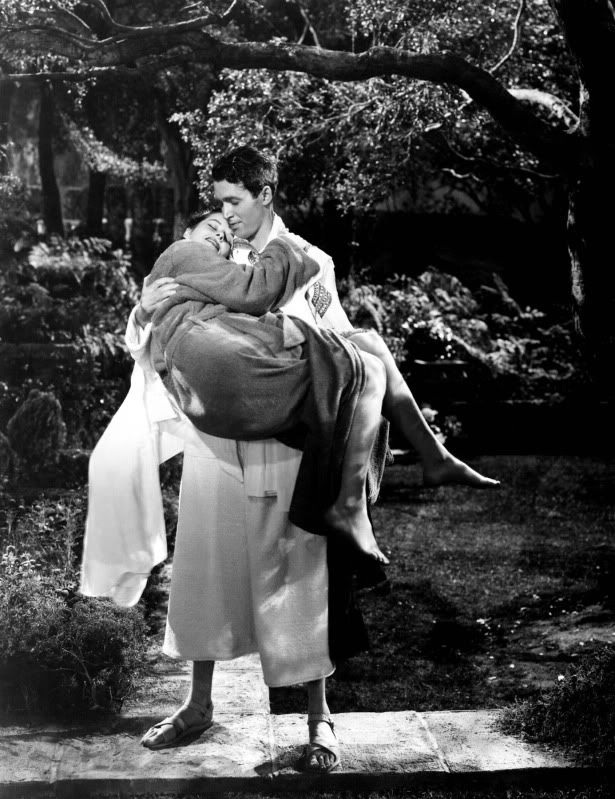
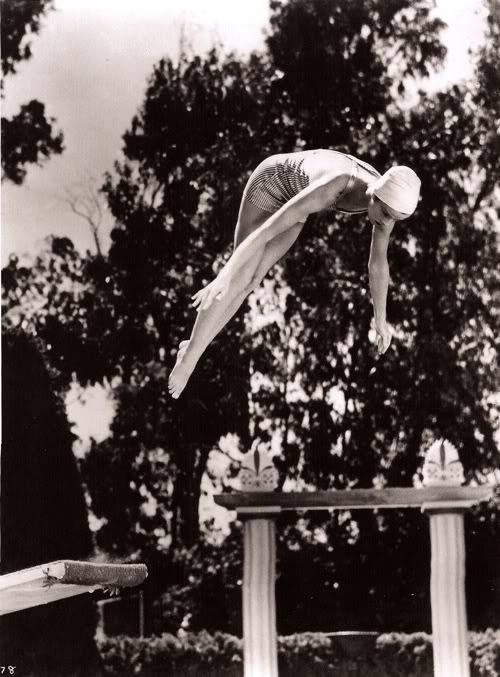




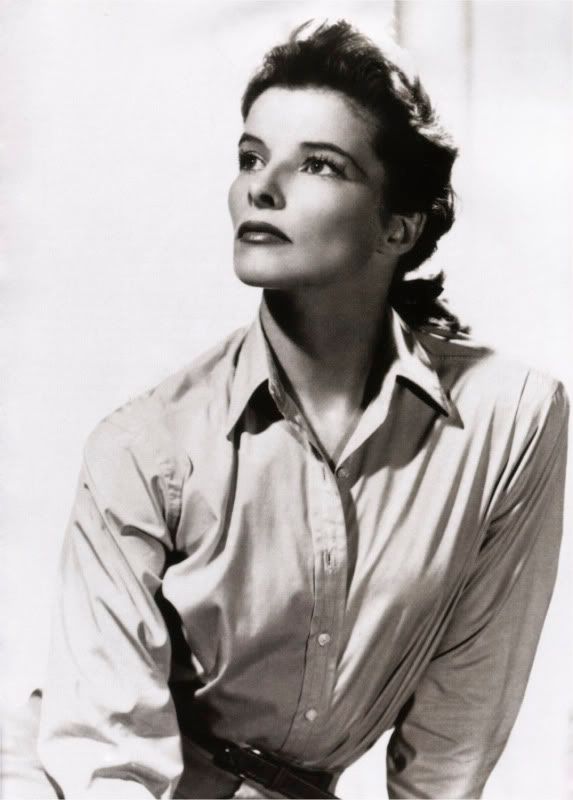
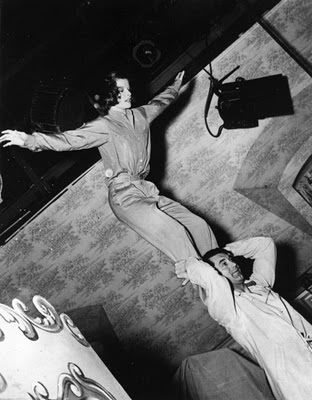
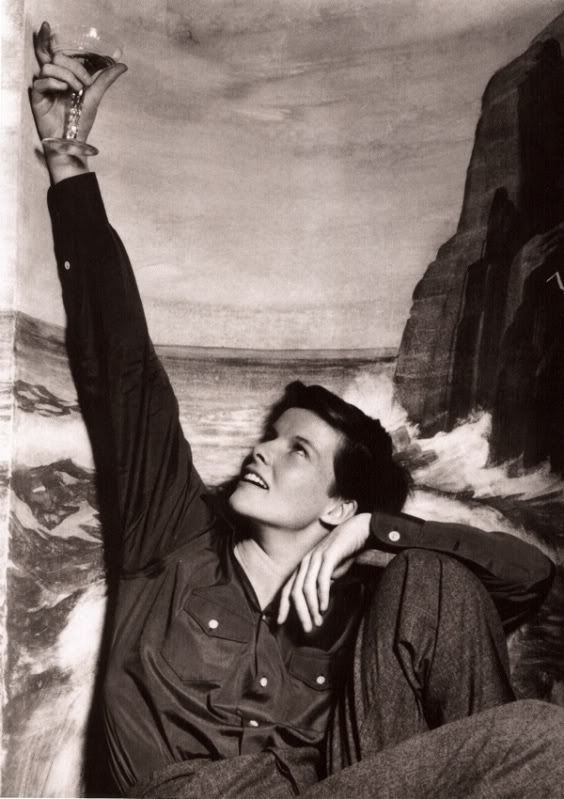

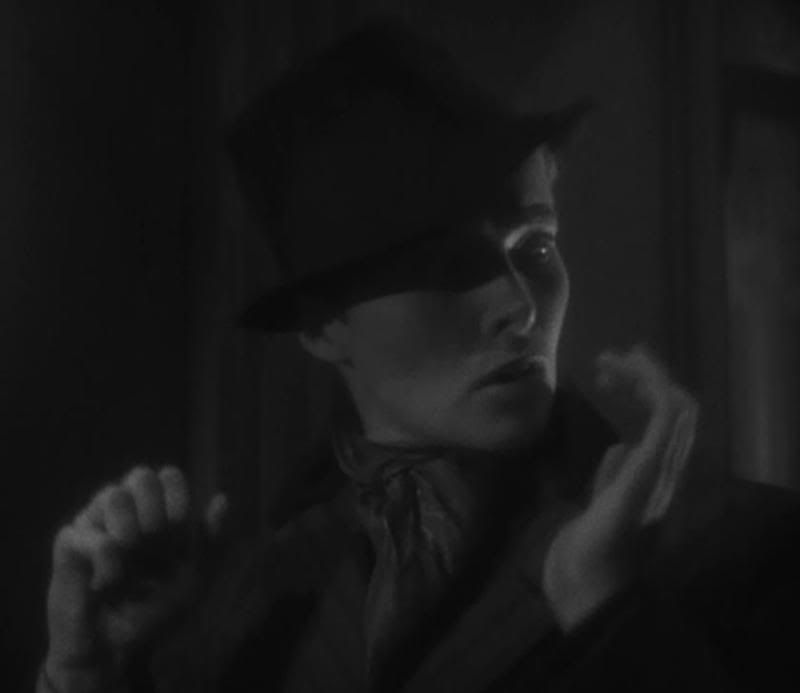
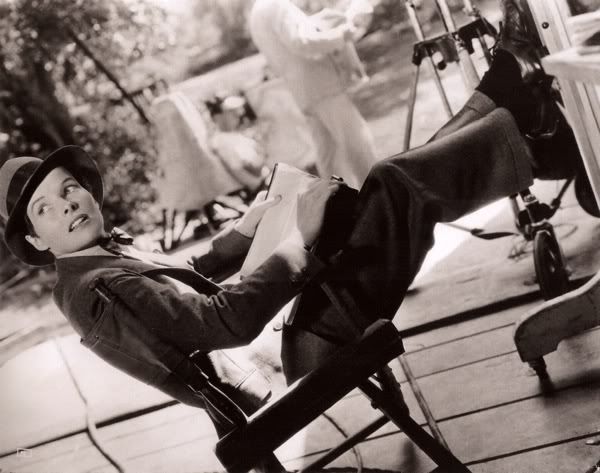





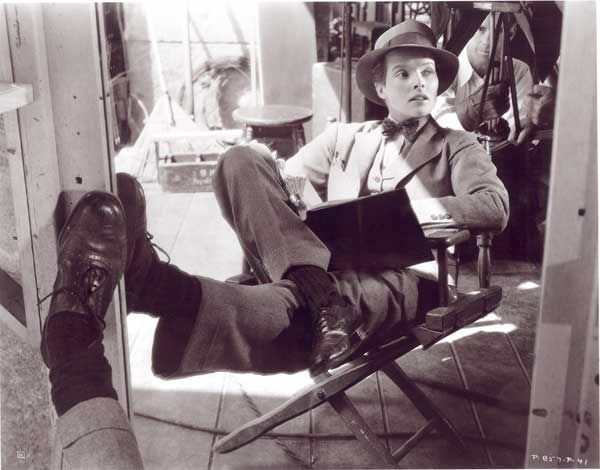


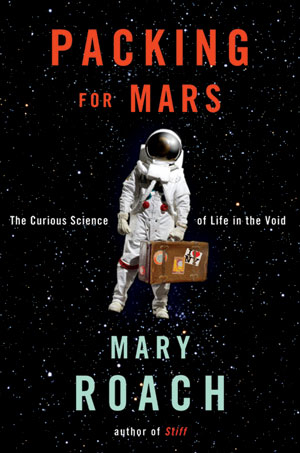

 It's bland, plain and virtually tasteless. In a word, it is boring.
It's bland, plain and virtually tasteless. In a word, it is boring.









